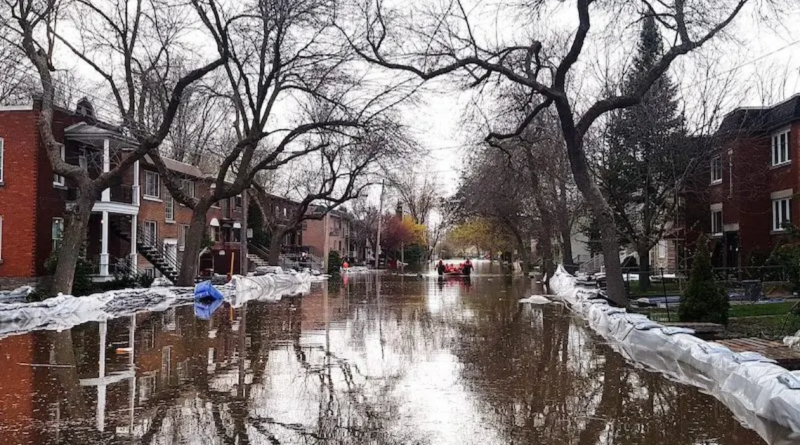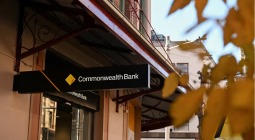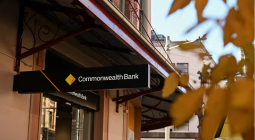Smart Surfaces Help Reduce Urban Climate Impacts, 40 Organizations Agree

The American Lung Association is among 40 national and international organizations backing efforts by the Smart Surface Coalition to reduce climate impacts in cities by rethinking the surfaces upon which we drive, roll, and walk, and under which we live.
A recent post by the Lung Association communicates a simple message: the largely dark, mostly impermeable, and decidedly non-green materials traditionally used to pave our streets and sidewalks and cover our buildings are no match for the searing heat and pounding deluges that global heating is bringing to cities around the world.
“Did you know that the average U.S. city consists of two-thirds roads, parking spaces, and roofs? Many of these surfaces are dark and do not allow water to flow through them, so they contribute to urban heat, air pollution, flooding, and poor health,” an accompanying Lung Association video explains.
Enter the umbrella concept of “smart surfaces” and the accelerating efforts of the Smart Surface Coalition, a group of some 40 national and international organizations devoted to making smart surfaces the “the urban design standard globally within a decade.”
Policy-makers alert to the cooling power of climate-smart surfaces will paint roads, sidewalks, and roofs in light colours to reflect heat, and plant trees to increase shade while absorbing CO2 and runoff water.
The increasing incidence and severity of storms as the global climate warms mean that city officials must also embrace the absorbent power of climate-smart surfaces. Green infrastructure, rather than grey, and permeable surfaces like porous asphalt will allow the ground absorb stormwater more slowly, filtering out pollution along the way.
The idea of smart surfaces doesn’t end with the infrastructure beneath our feet, or even immediately above our heads.
Paint roofs white, by all means, says the Smart Surfaces Coalition, but your roof, or wall, balcony will do even better if it plays host to a solar panel, or two or three—a smart surface that helps reduce the fossil fuel burning responsible for the largest share of global heating.
Similarly, low- or zero-emission concrete sidewalks are a great alternative to traditional, high-emitting concrete. And if a team of engineers from the University of Cambridge can scale up their recent “genius” work to generate “electric cement”, using a process that treats recycled cement like the slag that goes into steelmaking, much smarter sidewalks may soon be coming to a city near you.
While smart surfaces are needed everywhere in cities, they are especially important in the “underserved and unrecognized” communities that typically house low-income, minority, or otherwise vulnerable populations. For those communities, in particular, urban heat is a “health equity issue,” the coalition says.
“When cities adopt smart surface solutions, distressed communities benefit the most,” theAmerican Council for an Energy-Efficient Economy headlined a recent post.






